In our books and lectures, we highlight six major myths about grief:
• Don’t Feel Bad
• Replace the Loss
• Grieve Alone
• Grief Just Takes Time [or Time Heals All Wounds]
• Be Strong & Be Strong for Others
• Keep Busy
When we list the six myths we believe that most limit grieving people, we always start the list with “Don’t Feel Bad!” The other five myths are equally damaging in keeping grievers stuck in their grief. But the foundation myth—Don’t Feel Bad!—suggests that feeling bad or sad is not an appropriate reaction to a heart-breaking loss. It is baffling to be told not to feel bad as you try to make sense of the normal and natural emotions you experience, for example, when someone meaningful in your life dies.
In fact, by the time a child in our society has reached the age of 15, she or he has received more than 23,000 inputs suggesting that not only should they not feel bad in reaction to a grief event, but that they shouldn’t share those feelings with others. That second part leads to one of the other major myths, “Grieve Alone.”
We never compare losses and we never compare myths. But we could start our list with any of the six and still wind up with the same inaccurate and unhelpful conclusion, which is that our sad, painful, or negative feelings are out of bounds, and that by communicating them, we’re burdening others with our feelings.
Here’s a small excerpt from page 77 of The Grief Recovery Handbook, to illustrate the fact that very young children are being taught not to feel what they feel and not to talk about it: A little child has come home from preschool with their feelings hurt by events with the other children on the playground. Mom, Dad, Grandma, or any other caretaker says “What happened?” The child responds, tearfully, that one of the kids was mean to her. The caretaker says, “Don’t cry, here, have a cookie, you’ll feel better,” thus setting the child up with a lifetime belief, from an important authority source, that feelings can be fixed with food.
Upon eating the cookie, the child feels different, not better, and for the moment is distracted and forgets about the incident on the playground. However, there has been no completion of the emotional pain caused by the event. The event and the feelings attached to it are now buried under the cookie, the sugar, and the distraction. If the child were to bring it up some time later, the child would probably be told, “We don’t cry over spilled milk,” as if to say that it is not okay to bring it up again. So it must stay buried.
As human beings, we are equipped with the capacity to feel and express all emotions—happy and sad, and everything in between. But if our earliest learning tells us not to feel bad, and if that teaching comes from parents, teachers, and other adult authority figures, then we have almost no choice than to believe our elders and try to repress or bury our naturally occurring sad or painful feelings.
Another essential point is that we would not be able to perceive or feel our happiness if we could not perceive and feel our sadness. We must accept and honor both ends of that spectrum and not rob our children of their normal and natural reactions to the feeling they experience when either happy or sad things happen to them or to the people they love.
When we rob our children of the freedom to feel and express their entire range of emotions, they carry that incorrect idea into the rest of their life. We believe that a host of problems in all life areas are connected to the inability to access and appropriately communicate our feelings in the moment we have them.
Click here to go to the next blog entry in this series: Replace the Loss (Myth #2).
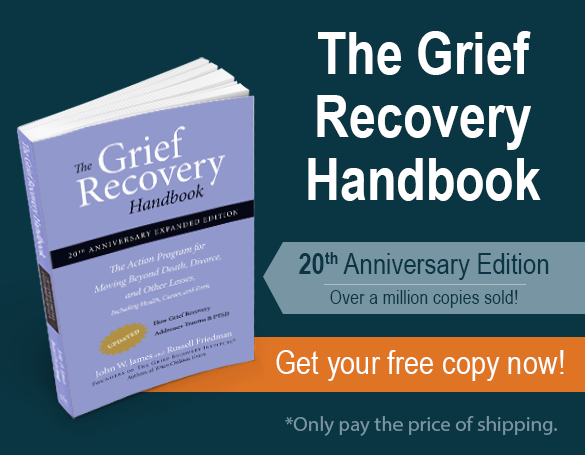











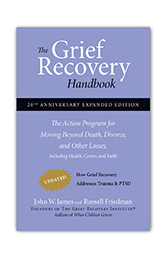
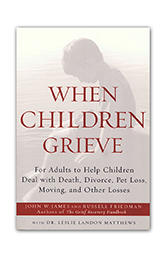
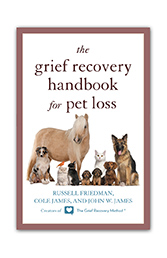
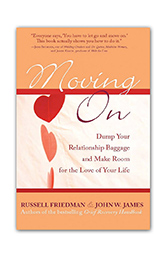
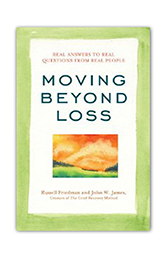
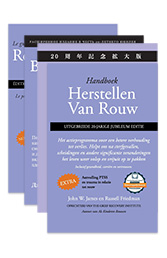





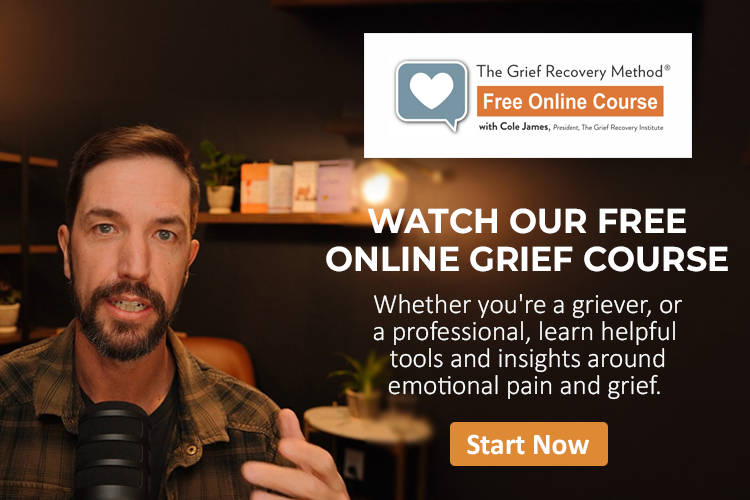
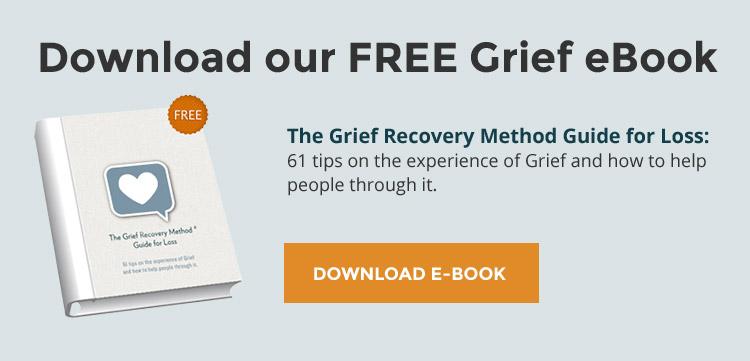
Add new comment